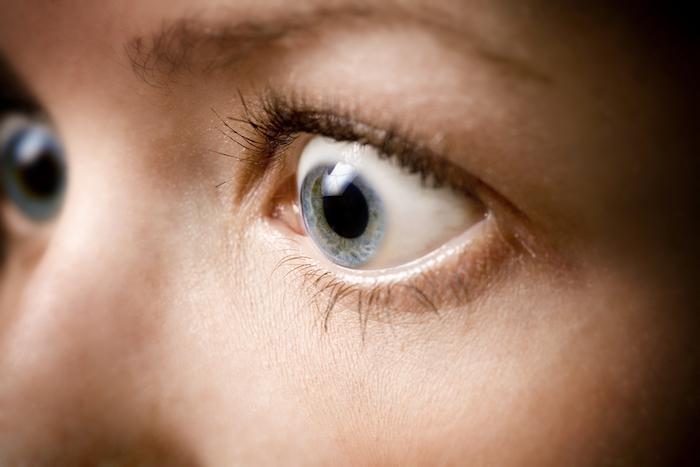
What Is Astigmatism?

Blurry vision can be annoying, especially if you expected blurriness to resolve after getting eyeglasses or contacts. However, if you have a condition called astigmatism, even correcting your nearsightedness or farsightedness won’t do away with your unclear eyesight.
At Harlem VistaSite Eye Care in Harlem, New York City, Dr. Brittni Rodriguez can accurately diagnose astigmatism and offer you several different options that can correct your vision.
So, what exactly is astigmatism?
Around one in three people have astigmatism, which is an imperfection in the curvature of either your eye’s cornea or lens. In most cases, the cornea and lens are curved smoothly and equally in all directions. With astigmatism, one or the other (or in some cases, both) may have an uneven surface or be curved more like an egg than a sphere.
You see through a process of light entering your eye through your pupil and passing through the cornea, aqueous humor, lens, and vitreous humor. As the light passes through each layer, it refracts, or bends.
The refracted light is focused on the retina at the back of the eye, which converts the image to electrical impulses that travel to the brain. If the cornea or lens aren't perfectly smooth and curved, the light refracts improperly, and a distorted or fuzzy image gets sent to the retina.
Eye doctors call this imperfection “refractive error.” There are several ways this error can be resolved for clearer vision.
Two kinds of astigmatism
There are two main types of astigmatism. Corneal astigmatism is caused by a misshapen cornea. Lenticular astigmatism is caused by a misshapen lens. If either or both parts of the eye are cone- or egg-shaped, multiple images are formed instead of one agreeing image. This causes blurred vision.
A lot of people have farsightenedness or nearsightedness in addition to astigmatism, which can make your vision even worse. Some people can even have farsightedness in one eye, nearsightedness in the other, and astigmatism in both.
If you have astigmatism, all isn’t lost
Dr. Rodriguez can diagnose astigmatism by closely examining your eye and evaluating your vision. If astigmatism exists, there are several viable treatments:
- Soft toric contact lenses to help change the way your eye refracts the light
- LASIK surgery to correct the shape of your eye
If your vision is blurry even with corrective lenses, it might be time for a more in-depth eye exam. Contact our Harlem optometry office by phone at 646-543-6506, or use our convenient online scheduling tool to book a consultation with Dr. Rodriguez today.
You Might Also Enjoy...


Why Am I So Sensitive to Light?

The Best Ways to Support Your Vision

Is There a Way to Treat Cataracts Without Surgery?

Which Type of Contact Lenses Are Right for Me?

